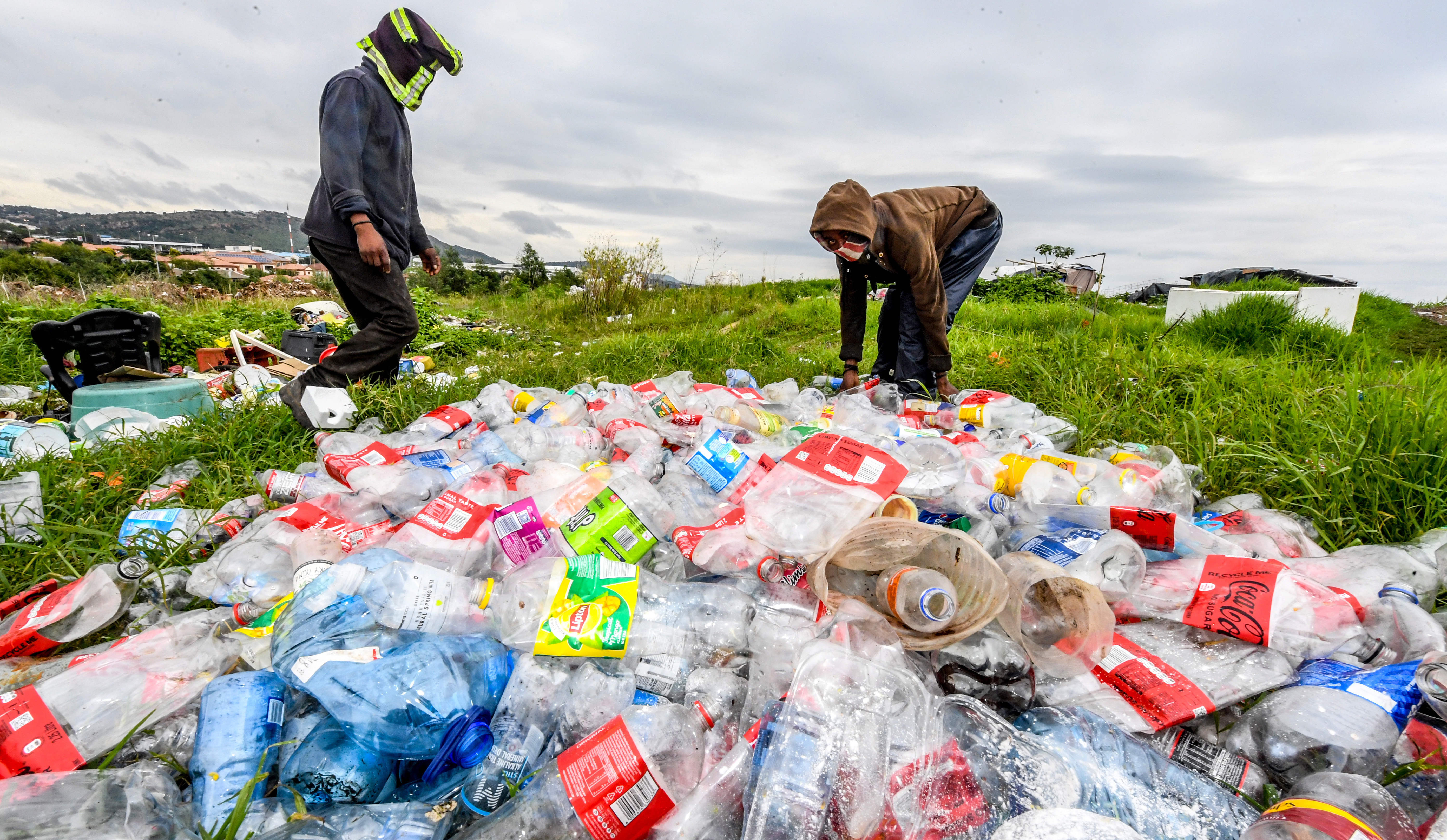When you think of “away”, you may be picturing some dark and bottomless void at the end of the earth, someplace we send our unwanted things to never to be seen again. But in real life, away is a place. It could be a landfill. An incinerator. A beach. A river. The stomach of a fish, or a bird. And increasingly, that place is home to billions of bits of plastic waste, much of it carrying the logos of some of the world’s most powerful brands.
A global audit of blame
In 2023, Break Free From Plastic conducted one of the world’s most ambitious brand audits to date. A total of 8,804 volunteers in 41 countries collected and catalogued more than half a million pieces of plastic waste. Of the waste collected, 33,820 items bore Coca-Cola’s branding, spread across 40 countries. This was not a once-off event either. Since 2018, Coca-Cola has consistently ranked as the world’s most polluting brand in these audits, outpacing even the combined totals of the second- and third-ranked companies.
For consumers, this is a startling statistic. For businesses, it should be a wake-up call — brand-linked waste is now traceable, auditable, and public. The logo on a discarded bottle is no longer just a marketing asset; it’s now a potential liability, pointing back to its manufacturer wherever it lands.
The recycling illusion
So what about recycling then?
Those circling green arrows have long been the feel-good bandage on our plastic guilt. Toss it in the correct bin and, poof! — problem solved. Right?
Let’s take the most optimistic scenario. You finish your drink and dutifully recycle the bottle. It’s whisked off to a material recovery facility, sorted, shredded, washed, and eventually transformed into a neat pile of tiny plastic pellets known as nurdles. These are melted again and reborn as a new bottle, ready for another round of shelf life.
In the real world, plastic recycling is expensive, complicated, and increasingly uncompetitive. Virgin plastics, fresh from fossil fuels, are often cheaper than recycled ones. Humans produce more than 460 million tons of plastic packaging every single year. According to the OECD, scientists believe just 9% of that plastic is recycled. About 49% ends up in landfills, 22% is mismanaged or uncollected, and 19% is incinerated.
Even the bottles that make it to the recycling depot don’t typically become bottles again. That’s because most plastics are actually downcycled, not recycled, since PET (the common plastic used in drink bottles) degrades with each cycle. Even in our best recycling dreams, plastic cannot be infinitely reused. Those recycled plastic nurdles might be melted into a new park bench or spun into a new polyester carpet, which sounds great in principle, until you realise that these are items that are near impossible to recycle once they reach the end of their usefulness. So those circular arrows we all associate with the recycling movement are often just a longer, straighter arrow, still pointing to the landfill.
Sustainability theatre
Coca-Cola has spent years dressing itself in green. The company has bankrolled splashy sustainability campaigns, sponsored climate conferences like COP27, and plastered the phrase “A World Without Waste” across marketing decks and packaging alike. Meanwhile, it holds the dubious distinction of being the world’s top plastic polluter for the fifth year running.
Critics don’t mince words. They call it what it is: greenwashing.
In 2021, Earth Island Institute sued Coca-Cola, accusing the company of misleading consumers by overstating the recyclability of its plastic bottles. The company’s go-to slogan, “100% recyclable”, may be technically accurate, but in practice, most of those bottles never complete the recycling loop. They get tossed, downcycled, or lost to inefficiencies in the system. After an attempted dismissal, a US court ruled in 2024 that Coca-Cola must face the lawsuit.
Why does this matter beyond the courtroom? Because the legal pressure isn’t just building for Coca-Cola. It’s coming for every manufacturer that slaps a sustainability badge on a non-circular product. Green claims are now being audited like financial statements, and if they don’t hold up, the fallout can be costly: lawsuits, regulatory heat, shareholder revolt, and public backlash.
For manufacturers, the problem with plastic has shifted from a compliance issue to a risk management issue. ESG (environment, social and governance) claims (especially those about packaging and waste) now require practically the same rigour as a balance sheet.
So… whose responsibility is it?
This is where the story often turns into a moral tug-of-war.
Some say consumers should change their habits, buy less plastic, choose reusable items, and sort waste properly. Others say it’s corporations that need to redesign packaging, reduce single-use plastics, and take real responsibility for the materials they introduce into the world. And then there are the governments in the middle, who set the rules of the game through policies, subsidies, bans, and investments in recycling infrastructure.
The hard truth is that it’s everyone’s responsibility, but not equally.
Consumers buy products, sure, but we don’t design packaging. We don’t choose whether or not our curbside recycling programme works or whether that collected and sorted plastic just gets incinerated. We don’t decide whether plastic is cheaper than paper. Companies do. Governments do.
Yes, individual action matters. But it can’t replace systemic change. If we focus only on consumer behaviour, we let the real power brokers off the hook. DM




